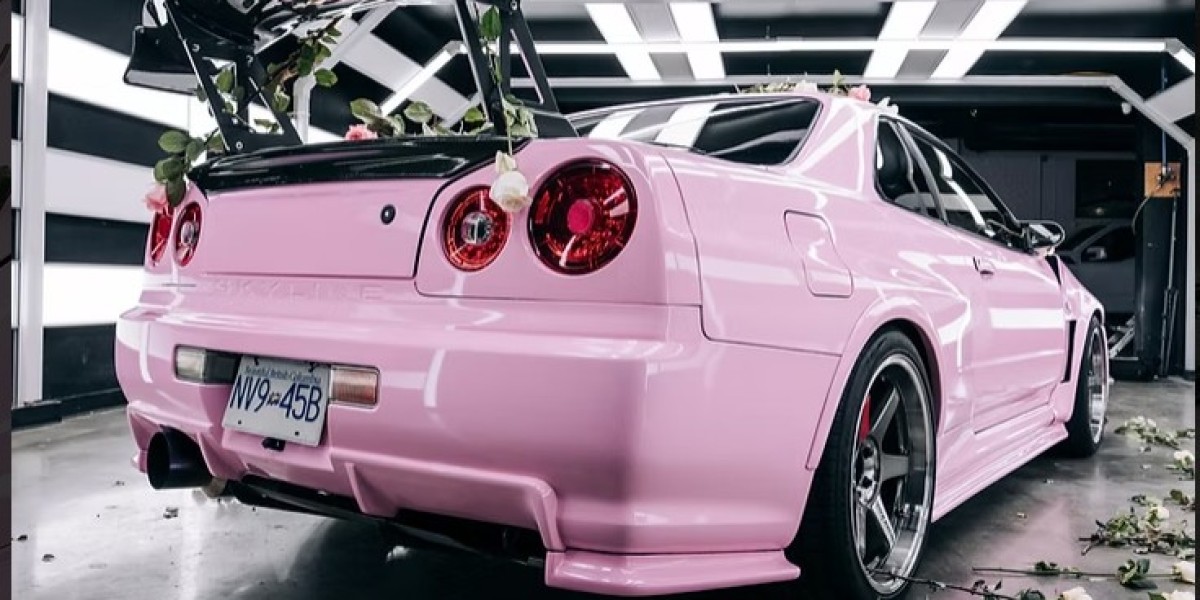Understanding Paint Protection Film and Its Benefits
Paint Protection Film (PPF) is a high-quality thermoplastic urethane layer designed to protect your vehicle's paint from scratches, chips, and environmental damage. Unlike wax or ceramic coatings, PPF provides long-term protection while maintaining the vehicle’s aesthetic appeal. Installing PPF at home requires precision, patience, and the right tools. Following these detailed steps ensures a professional-looking finish that rivals professional installations.
Essential Tools and Materials for Home Installation
Before starting, gather all necessary tools to streamline the installation process:
Paint Protection Film Roll or Pre-Cut Kit: Choose high-quality PPF from reputable brands. Pre-cut kits reduce measurement errors.
Squeegee with Felt Edges: Prevents scratches during the smoothing process.
Spray Bottle with Slip Solution: Typically a mixture of water and mild soap to allow repositioning of the film.
Heat Gun or Hair Dryer: Helps in shaping the film to curves and edges.
Microfiber Cloths: For drying and cleaning surfaces.
Utility Knife or Precision Cutting Tool: For trimming excess film.
Isopropyl Alcohol: Cleans the paint surface to ensure proper adhesion.
Step 1: Preparing Your Vehicle Surface
A flawless installation begins with a clean surface. Thoroughly wash your vehicle to remove dirt, dust, and grease. After washing:
Dry the vehicle using a microfiber cloth.
Wipe the target area with isopropyl alcohol to eliminate any remaining contaminants.
Avoid applying PPF under direct sunlight, as it can dry the solution too quickly and reduce repositioning time.
Proper surface preparation ensures that the PPF adheres correctly and prevents bubbles or lifting.
Step 2: Measuring and Cutting the Film
If using a roll, measure the area to cover and cut the PPF with an extra margin for errors. Pre-cut kits eliminate this step but always double-check alignment. Make precise cuts to match the contours of your vehicle’s body panels. Mark the edges lightly with a non-permanent marker for guidance.
Step 3: Applying the Slip Solution
Spray the slip solution liberally on the adhesive side of the film and the target area of the vehicle. This allows the film to glide easily across the surface and be repositioned for precise placement. Ensure that the surface is wet, but not pooling, to prevent water traps under the film.
Step 4: Positioning the Film on the Vehicle
Align the film with the panel edges and slowly place it onto the surface. Start from one corner, gradually moving across the panel. The slip solution enables repositioning without immediate adhesion, allowing for perfect alignment.
Step 5: Squeegeeing Out Air and Liquid
Using a felt-edged squeegee, press the film from the center outward to remove air bubbles and excess slip solution. Work slowly and systematically:
Start at the center, pushing toward the edges.
Use light, consistent pressure to avoid stretching or tearing.
For edges and corners, lift slightly and reapply if necessary.
This step is crucial to achieving a seamless, bubble-free finish.
Step 6: Heat Shaping for Curves and Edges
For complex curves or edges, use a heat gun on low settings. Heat softens the film, making it more pliable. Gently mold the film around contours:
Avoid excessive heat to prevent film distortion.
Maintain a safe distance of 6–8 inches.
Use fingers or a squeegee to guide the film while heated.
Proper heat application ensures a smooth, flush finish along all edges.
Step 7: Trimming Excess Film
Once the film is properly positioned and adhered, trim excess material using a precision knife. Make small, controlled cuts along panel edges:
Avoid cutting too deep to prevent paint damage.
Use a straight edge for long sections to maintain accuracy.
Step 8: Final Inspection and Curing
After installation, inspect the surface for bubbles, edges lifting, or misaligned sections. Minor imperfections can be corrected using a squeegee or gentle heat. Allow the film to cure for at least 24–48 hours before washing or exposing the vehicle to harsh conditions.
Pro Tips for a Professional-Looking Installation
Work in a dust-free environment to prevent debris under the film.
Patience is key—rushing can result in bubbles and misalignment.
Use a friend to assist with large panels like hoods or doors for better control.
Avoid washing the car for the first 48 hours to allow the adhesive to settle completely.
By meticulously following these steps, installing paint protection film at home can deliver results comparable to professional services. With patience, precision, and attention to detail, your vehicle will remain protected while maintaining a flawless, showroom-quality appearance.







